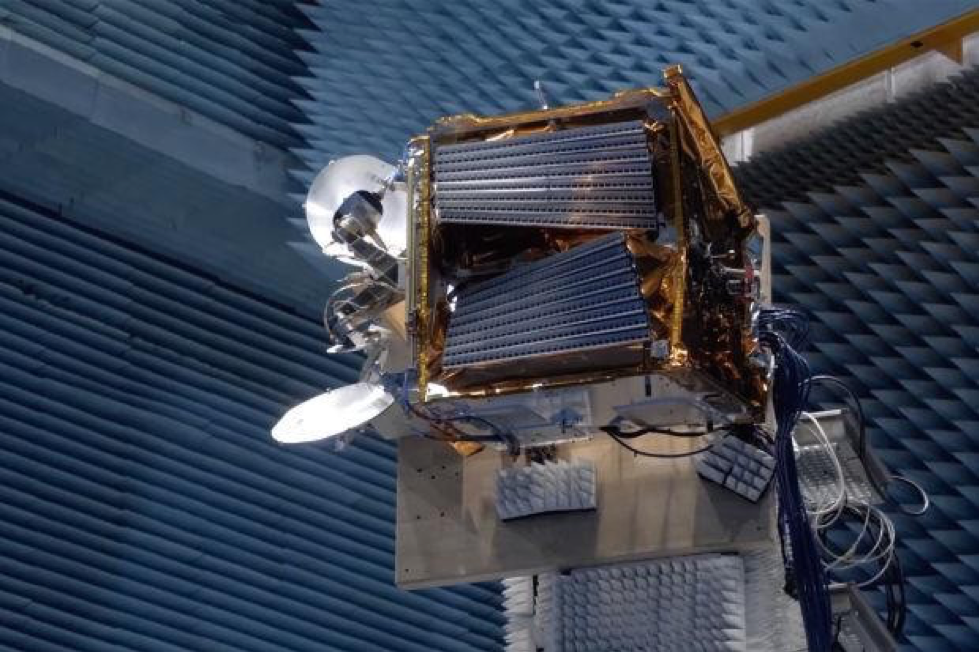From January next year, the OneWeb program will basically launch once a month.
November 19, OneWeb signed a landing cooperation framework agreement with the Sanya municipal government. Under the agreement, OneWeb will build its Asia-based first satellite ground station in Sanya, Hainan. Sanya Zhongke Remote Sensing Information Industrial Park has landed through the establishment of a joint venture company. November 20,OneWeb was interviewed by several media outlets in Shanghai, which revealed that it will build three ground stations in China including Sanya ground station.
OneWeb is a company that continues to focus on providing high-speed, low-latency Internet services worldwide through the original 650 LEO satellites. To achieve this, OneWeb has established a joint venture company, OneWeb Satellites, with Airbus and created it in Florida’s Exploration Park. Satellite mass production plant.
In February 2019, OneWeb successfully launched six satellites for the first time. In March, the company completed $1.25 billion in financing led by Softbank, Qualcomm, Grupo Salinas and the Rwandan government, and raised the company’s total funding to $3.4 billion. The company plans to launch satellites every month since December 2019, to quickly build satellite constellations, and is expected to achieve customer demonstrations by 2020 and global service by 2021.
This time, OneWeb CEO Adrian Steckel led a team to visit China and accepted interviews with a number of media including them to answer questions that have recently been concerned. In this regard, we also did a systematic review.
Why did you choose to build the first ground station in Asia in Sanya?
The first is geographical location, the second is the status and advantages of the Free Trade Port, and the policy of encouraging foreign investment.
According to the report, At present, the ground station has obtained the construction permit, but due to the use of spectrum resources, it needs approval from all levels of government and is expected to be completed around 2020.
Competing with SpaceX?
Stekel: SpaceX is also a very good company. Their business plans are different from ours. I believe we have our strengths and they have a place where they are good at.
What is the current capacity of OneWeb’s satellites?
Stekel: In terms of satellite capacity, the OneWeb factory can produce two satellites a day, which is very efficient. So far, our investment has reached 3 billion US dollars. We have always had financing activities and needs, and then we will increase investment at a higher speed and get more financing. These costs and expenses can be amortized after providing global services. Another trend is that the cost of manufacturing satellites is getting lower and lower, and the cost of launching is getting lower and lower.
OneWeb Satellite under construction
What is the appeal of OneWeb to China?
Stekel: OneWeb’s first idea is to serve Chinese customers as much as possible. The more customers, the more likely the cost is to be diluted.
In the future, OneWeb’s satellite launch frequency?
According to the news report, OneWeb was originally scheduled to be launched in December The second batch of satellites was postponed until January next year. The main reason is the delay in satellite production. Starting in January next year, OneWeb plans to launch a satellite every month, launching 32 or 34 satellites each time, and eventually achieving global service in the fourth quarter of 2021.
asIf you look at the “crowded” situation in space?
Stekel: The outside world may be a bit worried about satellite collisions. OneWeb’s standard for warning of its own satellite design is that as long as it is greater than one-thousandth of the probability of collision, it will be warned. It is very very careful. We believe that it is necessary to establish a series of regulations or standards between countries, such as how satellites should be built, how satellites are maintained, and how satellites are recovered from outer space after decommissioning. Such regulations and standards should be signed by various governments.
In our view, collision is not the biggest risk. The biggest risk we see is the potential space junk that cannot be seen or tracked. We feel that this is a very serious problem that needs to be solved through global efforts on an international platform, with very strict standards and very close coordination.
Image source: OneWeb
